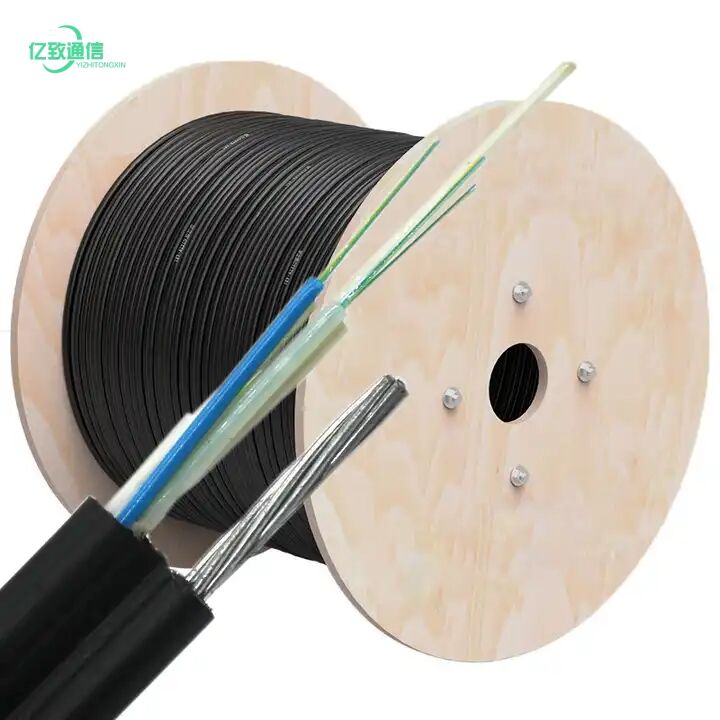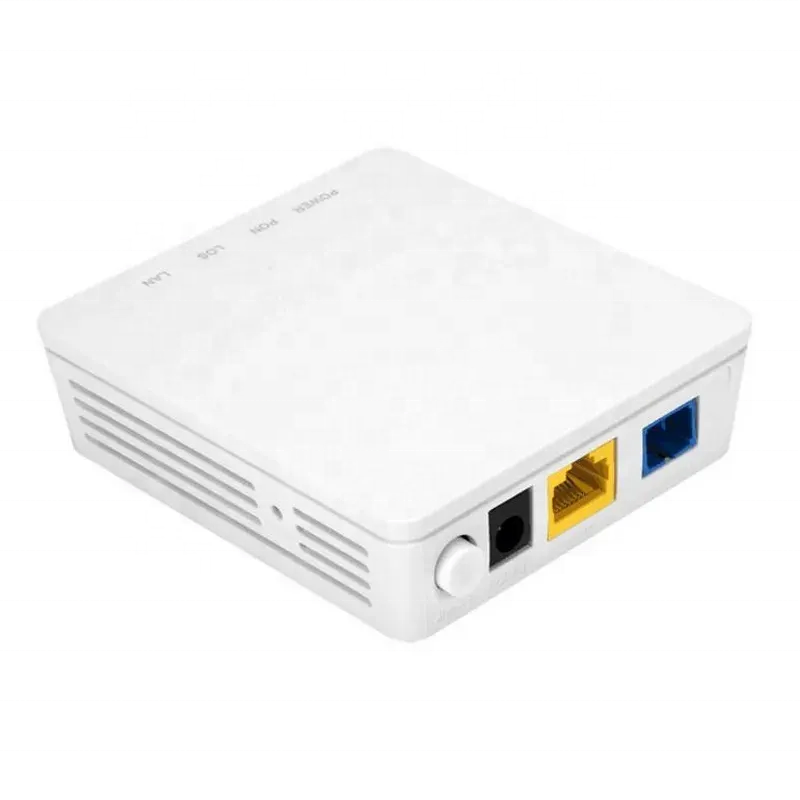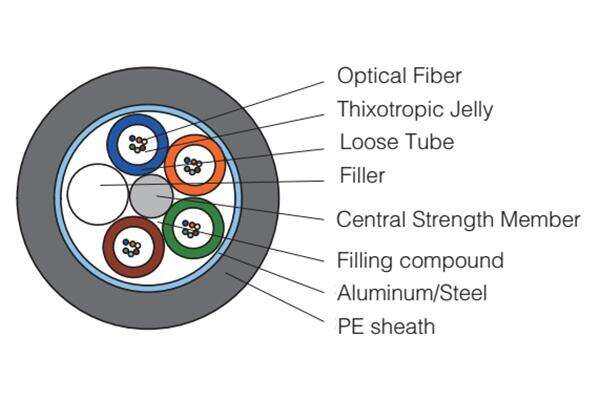plc splitter without connector
A PLC splitter without connector represents a fundamental component in fiber optic networks, designed to distribute optical signals efficiently across multiple output channels. This passive device employs planar lightwave circuit technology to split incoming optical signals into predetermined ratios without requiring external power sources. The splitter's design features a compact form factor with precise waveguide structures etched onto a silicon substrate, enabling consistent and reliable signal distribution. The absence of pre-attached connectors offers greater installation flexibility, allowing technicians to customize connector types based on specific project requirements. These devices typically support splitting ratios ranging from 1:2 to 1:128, making them suitable for various network architectures. The splitter maintains minimal insertion loss and consistent performance across all output ports, ensuring uniform signal distribution. Its robust construction withstands diverse environmental conditions, with operating temperature ranges typically spanning from -40°C to +85°C. The device's compatibility with both single-mode and multimode fibers enhances its versatility in different network implementations, from FTTH networks to PON systems.












